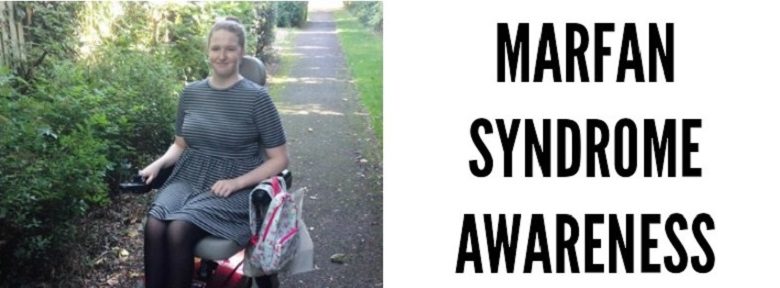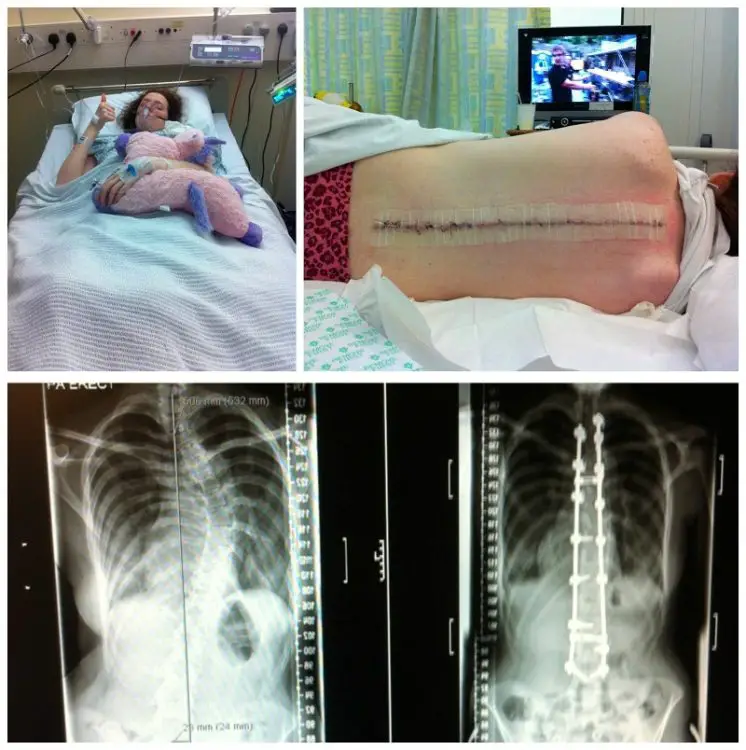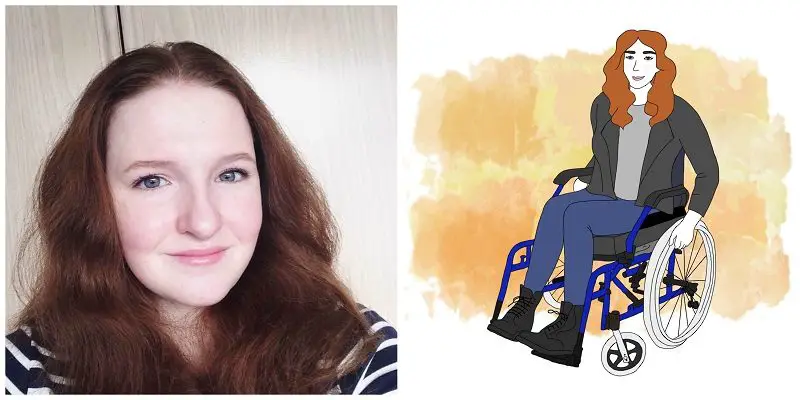
Marfan Syndrome Awareness Month: have you heard of the condition?
Did you know that February is Marfan Syndrome Awareness Month? Marfan Syndrome is a disorder that affects connective tissues, and so can affect someone’s entire body. We speak to Shona Cobb, who has the condition, to learn more about it.
When I was just a toddler I was diagnosed with a rare genetic disorder called Marfan Syndrome. My mum and doctors had their suspicions about me being unwell when I was a baby, but it was an echocardiogram of my heart at Great Ormond Street Hospital that finalised the diagnosis.
I was lucky to be diagnosed so young, as many people with Marfan Syndrome aren’t diagnosed until they are in their 30s, or older. That’s exactly why I’m striving to raise as much awareness of the condition as possible.
Marfan Syndrome: what is it
Marfan Synfrome affects the body’s connective tissues, which work almost like a glue, holding the body’s structures in place. As these tissues are found throughout the body, it means that everything, from the heart to the eyes and joints, can be affected by Marfan.
There are certain signs and characteristics of the condition that are associated with it, including:
- being tall and slim;
- flat feet;
- having long arms, legs and fingers;
- breastbone deformities;
- dislocated lens in the eye;
- scoliosis (curvature of the spine);
- aortic dilation (where the main artery in the body becomes bigger);
- hypermobile joints (where joints can move more than they should)
- high palate (where the upper part of the mouth is abnormally high).
However, it’s possible to have the condition without meeting all or even most of these criteria.
Marfan Syndrome and me
For me, Marfan Syndrome has mainly affected my joints and skeleton. Growing up I only suffered from joint hypermobility and pain. But it was in my teens that things really progressed. I was diagnosed with scoliosis, which meant I needed multiple spinal surgery to correct it.

After that came the diagnosis of a hip deformity, in both sides, which meant I needed both to be fully replaced. I had my right hip replaced at the age of just 18.
Next is the main reason why I use of a power wheelchair. I developed a large 5.5cm spinal cyst in my sacrum, which is a small triangular bone at the end of your major vertebrae. It was, and still is, eroding away a significant amount of bone.
Unfortunately it can’t be operated on at the moment, so I’m left in severe chronic pain. It is a pain that never ends. I can still walk around at home on crutches, but I use my wheelchair if I ever go out of the house. The pain worsens when I sit, so this limits how long I can be out of the house. This also isn’t helped by the fact that my wheelchair is only basic and doesn’t have a tilt or recline function.
Looking at the positives
It’s not all bad though – Marfan Syndrome has brought me a lot of good in my life. My partner and I met through an online support group for people with Marfan. We’ve been together for two and a half years now, and we understand each other in a very unique way.
My blog (Shona Louise), which I use to talk about my health and disability, has also enabled me to raise awareness of Marfan. It’s opened up so many doors for me, too. I volunteer for the Hypermobility Syndrome Association, which supports people with heritable disorders of the connective tissues. I’ve also had some amazing media opportunities with the British Heart Foundation, working to raise awareness of Marfan and develop some new exciting research.
I’m also hoping to try and change people’s perceptions of Marfan and what they know about it, especially when it comes to medical professionals. When I see a doctor, if they have heard of Marfan, they often only know about the heart problems that are associated with it.
That’s fair enough, since they are life threatening. But it means that the problems I have with my skeleton, and the pain, often get ignored. Most doctors just didn’t believe that someone with Marfan could be in so much pain, simply because they hadn’t seen someone like me before. It’s taken me years to get to a place where I’m on strong painkillers, having acupuncture, decent physio and regular input from occupational therapists etc.
I also want people to know that, whilst technically it is rare, we aren’t talking about 1 in a million people. Around 1 in 3,000 to 5,000 people have Marfan Syndrome, and they think that perhaps half of those people don’t know they have the condition. This is why awareness raising is so important.
Marfan Syndrome Awareness Month
I love it when February comes around as it means I, and other Marfan sufferers, can shout about our condition as much as we want, guilt free. It’s technically a US thing, but over the years it has been adopted by other countries. It’s now celebrated all over the world, but mainly in the UK and US.
I have a Facebook page, My Marfan Life, where during February I’m post daily facts about Marfan, as well as infographics about the different signs and symptoms. I’ve also spoken to my local radio station about the month too, and others are doing similar great things as well.
I’d recommend following the Marfan Foundation on Twitter as they’re doing a great job of raising awareness and are a really informative and supportive charity. We’re all doing our bit to try and spread the word about a condition that can be so cruel.
You can visit Shona’s blog, Shona Louise, for more information on Marfan Syndrome.
By Shona Cobb
Check out…
- Being a disabled parents: unlocking your heart
- We interview 13-year-old disabled model Isabella Neville
- The trials and tribulations of using disabled toilets when “you don’t look disabled”
We’d love to hear your travel tips and stories. Get in touch by messaging us on Facebook, tweeting us @DHorizons, emailing us at editor@disabilityhorizons.com or leaving your comments below.